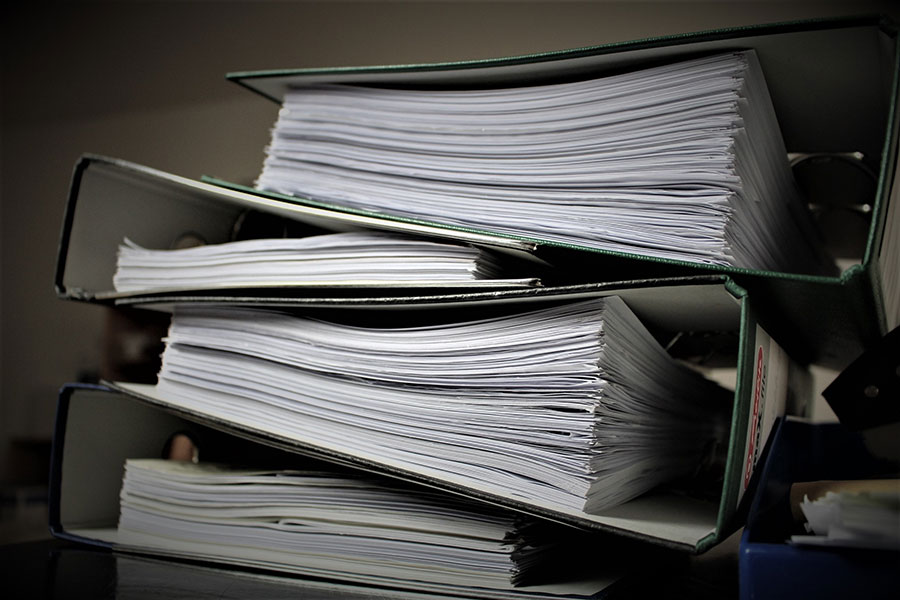Before you start panicking - if you're used to keeping paper records or doing things manually, this doesn't suddenly mean that you have to start scanning everything you've ever done so that there's a digital copy of it all. You can carry on with a paper based system so long as each individual transaction is also recorded and stored somewhere digitally (to later be communicated to HMRC).
What are the rules for Making Tax Digital Software?
To ensure that you are compliant with the imminent release of Making Tax Digital, the Making Tax Digital software you choose to use must have the following functionality:
- Be able to record any transactions (in any way) related to VAT for a period of up to six years.
- Has to include any information (and the date) of any VAT that has been paid (or withheld) for each individual transaction
- It must be possible to calculate the amount of VAT owed based on income and expenditures.
- It must be able to submit your VAT return to HMRC via their own API
Is there any leeway on the digital records aspect of Making Tax Digital?
In practice, not really. Regardless of whether Making Tax Digital applies to your business from April, or from October - you'll need to keep digital records from whichever deadline affects you. If you're over the £85,000 VAT threshold, then you'll have to keep digital records from April - if you've been deferred, then it'll be October.
For this reason, it's a good idea to get into the habit of digital records keeping in time for your deadline so that you a) can continue to be compliant with the new regulations of MTD and b) you're comfortable with the system and methods you're using in good time for when MTD applies to your business.

What records need to be in a digital format under Making Tax Digital?
Above, we covered what the software you use must be able to record and transmit to HMRC. For this section, we'll look at what records need to be kept digitally to remain compliant with Making Tax Digital. What gets recorded for Making Tax Digital purposes varies slightly depending on whether you're providing goods/ services, or whether you're receiving them (or both).
What general records need to be kept for Making Tax Digital?
At the absolute minimum, for each transaction you make you'll need to record the name of the business or organisation you're dealing with, their address (if there's more than one business location, then it'll be the address of the branch you're dealing with), VAT registration number, and finally any information regarding VAT accounting schemes in use.
What records need to be kept for Making Tax Digital if I'm providing goods or services?
If you're providing goods or services, then you'll also need to keep a record of the time of the transaction for the goods/ service(s) you provided, the total value of what you've supplied, as well as the rate of VAT you've charged.
What records need to be kept for Making Tax Digital if I'm receiving goods or services?
If you happen to be receiving goods or services from a supplier, then you'll need to keep records of the time when you were supplied with said goods or service(s), the total value of what you've been supplied with (this is inclusive of any VAT that your business isn't able to claim), as well as any amount of input tax you plan to claim.
If you're being supplied with multiple goods/ services on one invoice, then you can enter the overall totals of each.
Making Tax Digital, and Debitoor
Debitoor has been approved for Making Tax Digital by HMRC which means that from the 1st of April 2019 you'll be able to directly report your VAT. VAT reporting is a feature offered on our M and L plans.
